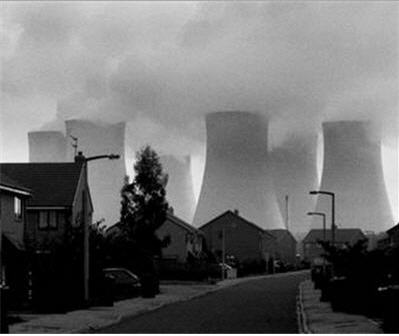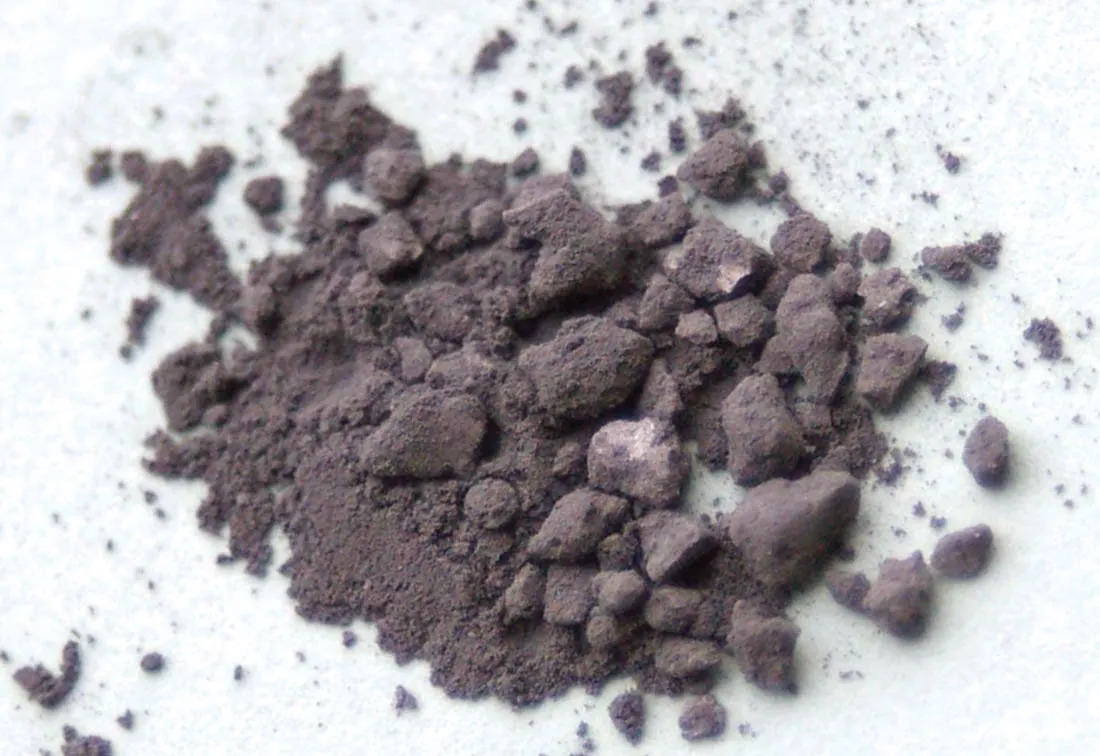UN mercury treaty further boosts new activated carbon market worth billions

Mercury is a toxic metal that presents a serious threat both to the environment and human health. Exposure to mercury can destroy the human nervous system and permanently damage the brain, heart and immune system. With around half of mercury emissions in the USA coming from coal-fired power plants, the US Environmental Protection Agency (EPA) has introduced a new mercury control rule, which will become effective in April 2015.
Activated carbon injection systems are the dominant mercury control technology used by coal-fired power plants in 2014. The EPA Mercury and Air Toxics Standard and the cement and industrial boiler mercury control standards that will accompany it are together expected to increase the North American market for powdered activated carbon by approximately 300,000tpy before 2017. The standard coincides with the US EPA Disinfection By-Products (DBP) Rule, which is expected to increase the US market for granular activated carbon in water treatment by at least an additional 35,000tpy by 2017.
As Roskill predicted in its 2013 report on activated carbon, world consumption has already increased significantly because of the new rule. Enough new activated carbon production capacity should be in place by 2017 to meet new demand, but the potential exists for a shortfall to develop.
In October 2013, more than 90 countries also signed a new UN treaty on mercury control. The treaty includes commitments to undertake measures that will reduce airborne mercury emissions. Most of the steps outlined in the treaty will be taken by 2020 by the UN member countries involved. As a tribute to thousands of Japanese victims of the Minamata mercury pollution tragedy of the last century, the treaty was named the Minamata Convention on Mercury.
Activated carbon prices increased steadily during the five year period 2007 to 2012 and stayed high during 2013. The initial increase coincided with the almost simultaneous imposition of import duties by the US government and lifting of export incentives by the Chinese government, but was perpetuated by a number of other factors identified by Roskill in its report. The next five year period, 2014 to 2019, is expected to see prices rise again.
Activated carbon is a unique and effective agent for purification and for isolation and recovery of trace materials. It can be thought of as space enclosed by carbon atoms. A single gramme of activated carbon makes over 1,200m2 (or three tennis courts) of surface area available for adsorption or chemical reactions. These unique properties make activated carbon suitable for a wide range of gas- and liquid-based applications. Roskill details more than 65 individual end-uses in its 2013 analysis. These range from nuclear protection clothing to cigarette filters, and from gold mining to pharmaceuticals.
Many of the major sources of demand for activated carbon are a response to legislation. In view of the upcoming increases in demand, producers have announced a number of new projects, which are described in detail in Roskill’s report, with predictions given for future supply.
In June 2012, shortly after the EPA announced standards to limit mercury and other toxic pollution from power plants, it was announced that Cabot Corporation, a global speciality chemicals and performance materials company headquartered in Boston, Massachusetts, had entered into an agreement to acquire Norit NV of the Netherlands. Founded in 1918, Norit NV was the world’s largest producer of activated carbon. Cabot bought Norit from N Beta Sàrl, an affiliate of Doughty Hanson & Co. Managers Limited and Euroland Investments BV, for a purchase price of US$1.1Bn and the acquisition was finalised on 31 July 2012. The acquisition is a new Cabot business segment; Purification Solutions.
In October 2013, shortly after the Minamata Convention on Mercury was signed in Japan, Osaka Gas Chemicals announced that it had entered into an agreement with AddSorb Holding AB to acquire all the shares of Jacobi Carbon AB, the world’s largest manufacturer and distributor of coconut shell activated carbon. The transaction was expected to close in early 2014.
Raw materials availability is an issue generally for this industry with the ratio of raw material to finished activated carbon product approaching 3:1. Coconut shell-based producers have been plagued by erratic coconut shell charcoal availability, while potential metallurgical coal shortages could continue to affect activated carbon production in China. Activated carbon is a by-product. Coal (or coconut, or wood) producers do not make production decisions based on the market for activated carbon. During 2013 activated carbon prices and producer share prices achieved record highs. In this report, Roskill examines future supply and demand trends to see if those highs will continue.
Activated carbon production, trade, prices and end user markets were analysed in detail in the 2013 edition of Roskill’s Activated Carbon report. The 9th edition of this Roskill report profiles over 100 producers and end users of activated carbon, providing an overview of the entire supply chain.
Activated Carbon: Global industry markets and outlook, 9th Edition, 2013 is available from Roskill Information Services Ltd, 54 Russell Road, London SW19 1QL ENGLAND. Tel: +44 20 8417 0087. Fax +44 20 8417 1308 Email: info@roskill.co.uk Web: http://www.roskill.com/reports/industrial-minerals/activated-carbon.
{{ commodity.name }}
{{ post.title }}
{{ post.date }}

Comments